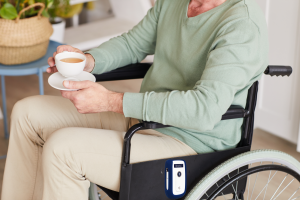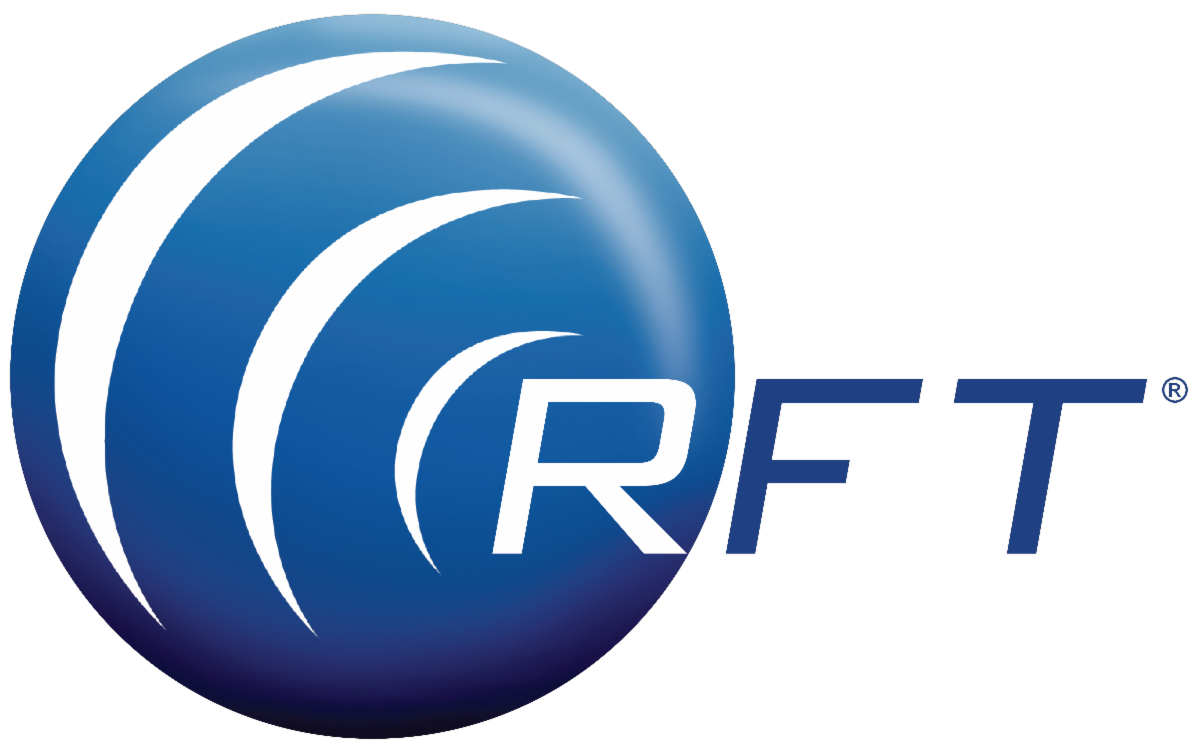Fall Reduction: Decreasing Cost While Increasing Effectiveness

Fall Reduction: Decreasing Cost While Increasing Effectiveness
In today’s hospital environment, the fall reduction of patients has become a pivotal issue both from a financial and risk perspective.
In addition, JCAHO has mandated in its Patient Safety Guidelines that fall reduction be a major focus of all health care facilities. However, there have been very few effective, fiscally reasonable solutions to this ever-present patient safety risk.
As nursing ratios have been reduced and the acuity of patients has increased, the ability to monitor a patient at risk of falling has remained extremely difficult to ensure. While virtually all institutions assess patients for their risk of falling, the actions implemented for those at
risk has varied from 1:1 patient watches to the use of expensive bed technology, both of which are always costly and often unreliable.
It is estimated that every patient fall costs a facility an average of $19,000, and most facilities experience 1.5 falls per patient day annually. The cost to facilities related to patient falls is expected to reach $43 billion by the year 2020. In addition to extended patient stays and additional medical costs, the post-fall patient often receives 1:1 care on a 24-hour basis. Patient falls are the leading cause of accidental injury leading to death for patients over 65.
Mercy Hospital, a division of Allina Hospitals and Clinics, was facing the same challenges that all facilities face today: accurately assessing and preventing falls in their patient population. As a multidisciplinary committee formed to look for new, innovative ways to reduce falls, they considered the technology available. RF Technologies and Mercy Hospital agreed to a beta site agreement that incorporated the use of the Sensatec® Fall Management Solution in Mercy’s medical-surgical unit.
Sensatec products have been widely used in the long-term care market but were re-engineered or use in the acute care setting.
The restructuring of the equipment modifications allowed for nurse call tie-in, which made the system more appealing to Mercy. The 3E floor was selected for the trial because its fall risk numbers were in line with the national average, and the staff was eager to be part of an innovative solution. Prior to the introduction of Sensatec Fall Management, the 3E floor had utilized bed alarms and/or 1:1 patient watches for their patients at risk of falling. 1:1 watches were costly and relied on a small group of resource people being available. The bed alarms were costly, too, and sounded an alarm only once the patient was out of the bed, too late to prevent the patient from getting up unassisted.
The management of 3E, with the assistance of Mercy’s director and risk management, outlined how fall-risk patients would be designated and monitored during the beta testing period. A fall risk assessment tool was agreed upon and a policy was drafted that incorporated the use of the Sensatec Fall Management solution. Staff was trained in the assessment tool, policy, and equipment used prior to the start of the trial.
A month after the trial, Sensatec Fall Management bed pads became part of the protocol for patients at risk of falling. Nursing staff reported satisfaction with the ease of use and reliability of the product. Unlike other products previously used, the Sensatec product notified them as the patient’s shoulders rose from the bed and signaled them on the nurse call system, giving them adequate time to respond. In addition, it was noted that the design of the equipment to reset itself reduced the number of nuisance alarms, and response times were improved.
With portable control units and disposable pads being utilized, the projected cost was a fraction of that spent on 1:1 watches and alarm-equipped beds. In fact, the ease of use and portability of the control unit allowed for more monitored beds, as control units could be moved to beds that needed monitoring and did not require a patient to be moved to a new bed.
During the 120-day trial, patients were determined to be at a high enough risk to warrant fall monitoring under the current protocol. Given the size of the unit and acuity of its patients, the national average would predict an average of three falls per month, which would have been 12 patient falls for Mercy’s Medical-Surgical unit.
When following the stated assessment tool, protocol, and the Sensatec all Management solution, the unit experienced a 67% reduction in patient falls for the four-month period. Clearly, the goal to increase patient safety in reducing the risk of falling was achieved. In addition, nursing staff satisfaction was improved as this reliable system notified them of a patient need, but limited nuisance alarms.
The use of the Sensatec Fall Management solution clearly has the power to decrease potential liabilities, increase nursing satisfaction and improve patient safety in a cost-effective, simply implemented framework.
